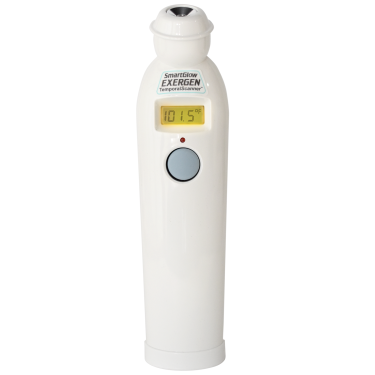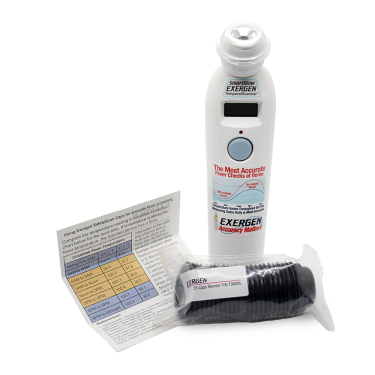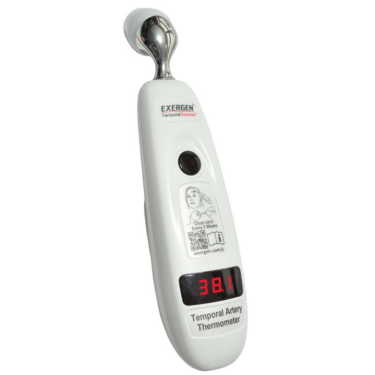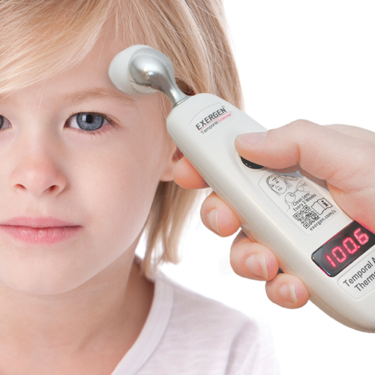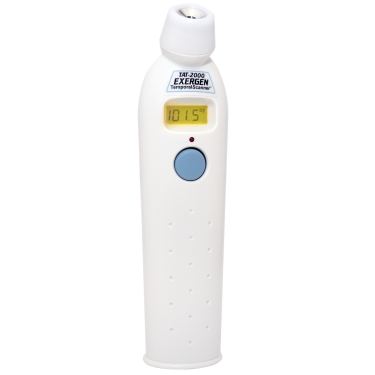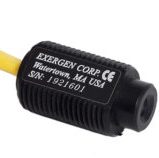Increasing Throughput in Diagnostics
Plate Reader Tecan
Tecan, founded in Switzerland in 1980, is a leading global provider of laboratory instruments and solutions. The company has manufacturing, research, and development sites in Europe and North America and maintains a sales and service network in 52 countries. They specialize in the development, production, and distribution of automated workflow solutions for laboratories in biopharmaceuticals, forensics, and clinical diagnostics.
Microplate Readers
One of the products Tecan develops and manufactures our microplate readers. Their cutting-edge bench-top microplate readers and washers lead the industry in both versatility and performance. They offer single and multimode microplate readers for all detection techniques. The Spark 20M is their top-class microplate reader offering high performance for demanding applications in drug discovery and live sciences research. It offers total freedom of wavelength selection and instant access to new wavelengths as assay requirements change. The modular architecture is ideally suited to researchers as well as service providers, allowing customers to configure the instrument to their budget and detection demands.
Challenge
Detection modes for microplate assays are absorbance, fluorescence intensity, luminescence, time-resolved fluorescence, and fluorescence polarization. All modalities are employed with the same objective: Measuring the exact concentration of the substance of interest. As some assays (e.g. AlphaScreen) are temperature sensitive, they need to be done within a narrow temperature range. Therefore, controlling the temperature of the microplate during the assay is essential, especially measuring the exact temperature of the liquid sample in every single well SEPARATELY. Normally, controlling the temperature of the microtiter plate is only done indirectly by controlling the ambient temperature in the plate reader and by controlling the temperature of the heating plate. This, however, is not a very accurate way to set the required sample temperature. The challenge for Tecan’s Spark 20M is to allow temperature measurements of individual samples to check if they meet the required set point temperature, and correct for this if it deviates.
Solution
The solution for Tecan’s Spark 20M has been found in the use of Exergen’s non-contact infrared thermometer. This sensor enables to measurement of the temperature of the liquid in every single well during an assay. The sensor monitors the changes and quickly detects fluctuations compared to the setpoint temperature. This allows for an ingenious temperature correction function for more accurate and reliable assay results and augments the performance of the systems for demanding applications research and diagnostics. The IRt/c sensor is placed above a single well allowing individual sample monitoring up to 0.1°C accuracies, or to measure if a temperature gradient over the microtiter plate exists. As the Exergen IRt/c sensor is non-contact, there is no sample contamination or obstruction of moving objects.
The IRt/c sensor has the following specification:
- Self-powered
- Intrinsically safe
- Repeatability error of 0.01°C (0.02°F)
- Interchangeability error ±1%
- Resolution of approx. 0.0001°C
In addition to providing the right sensor, Exergen helped Tecan design the optimal customized electronics solution for reading out the sensor data wirelessly.
Benefits
Using the IRt/c sensor brings two great advantages; The first one is quality improvement. Using the IRt/c sensor allows for an ingenious temperature correction function for more accurate and reliable assay results. Users of the Spark 20M can ensure that the results are safely within the prescribed temperature ranges. Fewer assays will fail due to temperature fluctuations, which will ultimately help in decreasing failed tests and therefore help increase revenues and profit.
The second one is to increase the speed. It’s important for the operator to increase the throughput. Since subsequent assays may require different setpoint temperatures, it’s important to monitor when the setpoint temperature is reached. This minimizes the idle time between assays and thus increases throughput. ®AlphaScreen is a registered trademark of PerkinElmer, Inc.
Download this Case Study as PDF
